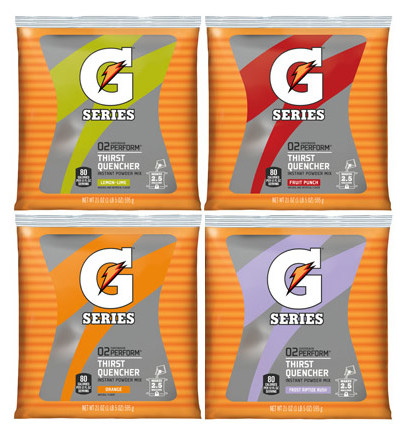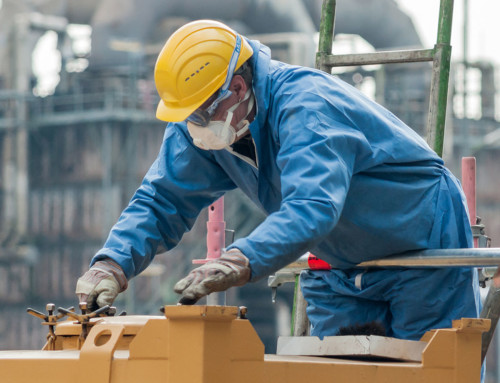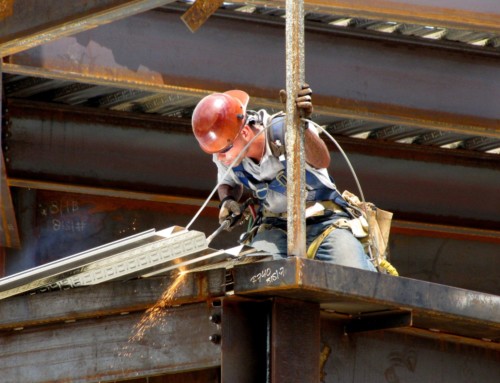Summer is approaching, meaning the days are getting longer and the heat is getting more intense. Gone are the days of getting to a stopping place on the job before you get a water break or the coach refusing to give you a water break due to poor performance. Our bodies do not appear to be equipped to handle the heat as we once were, whether it’s due to being in the air condition too often or not doing as much physical labor in our spare time. Regardless, injuries and incidents related to heat stress have become prominent in multiple industries. In 2014, 2,630 workers suffered from heat illness and 18 died from heat stroke and related causes on the job.

As the days get longer and the sun gets hotter, more attention and preparation is required to keep your workers safe.
The Symptoms
Heat Exhaustion
Symptoms of heat exhaustion can include dizziness, headaches, nausea, vomiting, and cramps. When your body sweats profusely, it drains all the water and salt from your body, causing severe cramping. Former athletes can recall how excruciating cramps were after a ball game or track meet while you were lying in bed. Imagine what could happen if you are 50 feet in the air!
Heat Stroke
Symptoms of heat stroke include dry skin (no longer sweating), red skin, confusion, convulsions, and fainting. Needless to say, experiencing any of these symptoms on the job site can lead to serious injuries and put coworkers in danger.
Prevention
Awareness
As with other safety measures, common sense and awareness can go a long way. Keep an eye on your employees and co-workers and check for symptoms of heat exhaustion and heat stroke. If you notice any of the symptoms listed above, play it safe and give your co-worker the attention they need.
Hydration
Allow your employees easy access to hydration. Taking breaks to rehydrate every 15 minutes is a good idea. Have your workers rotate through hydrations stations in shifts to get away from the sun and to get fluids in their bodies.

Allow frequent breaks for water and other fluids
Protection
Make sure all workers are given sunscreen, head cover, and eye protection. You should wear at least a hat and light-colored clothing.
A few more precautionary measures:
- Make sure you have plenty of cool liquids available on the job site
- Be frequent with breaks and create shade if none exists
- Have a bucket with ice water and purchase cool towels so your employees can soak the towels, ring them out and put up under their shirts. It doesn’t cause a hazard and it can really help to keep the body temperature down.
- Alcohol intake from the night before can take away fluids from your body. Try to avoid excess consumption.
- Up your salt intake (this might be old school, but it works).
- Take it easy the first few days of the season as your workers build up a tolerance to the heat.
- Don’t be afraid to call 911 if unsure of how to handle a heat-related illness.
Taking care of heat stress requires preparation, and starts days before you are exposed to the heat. Follow the above measures and keep your workers safe this season.







